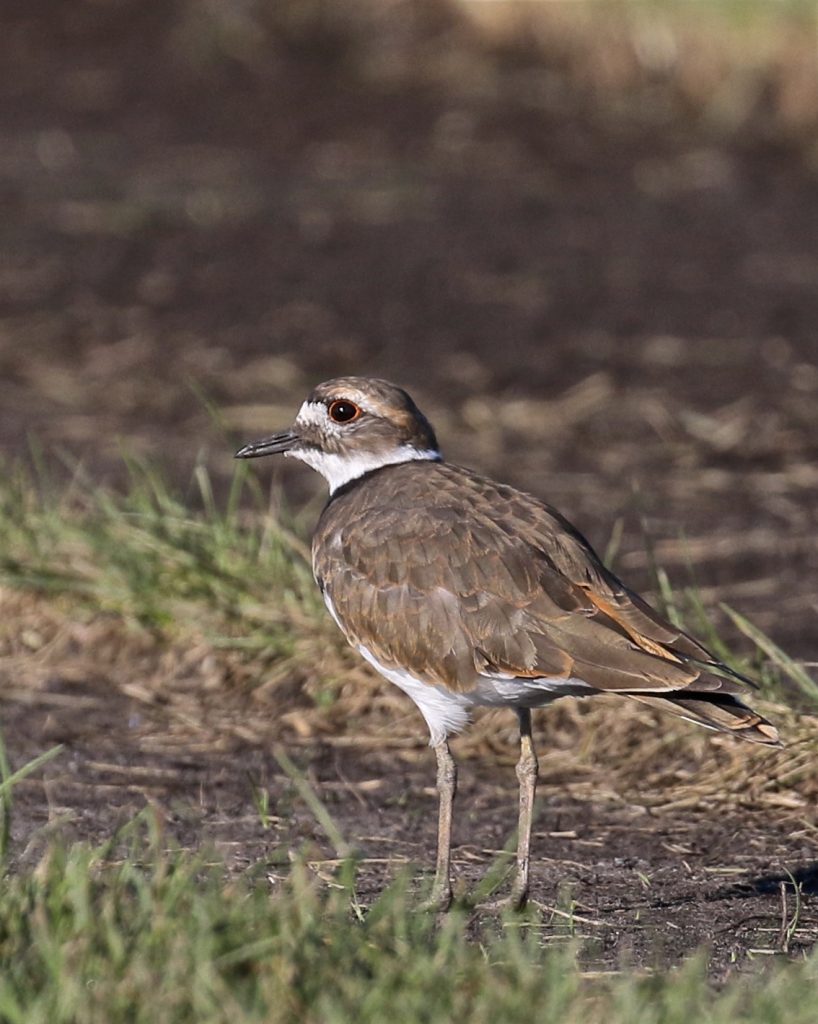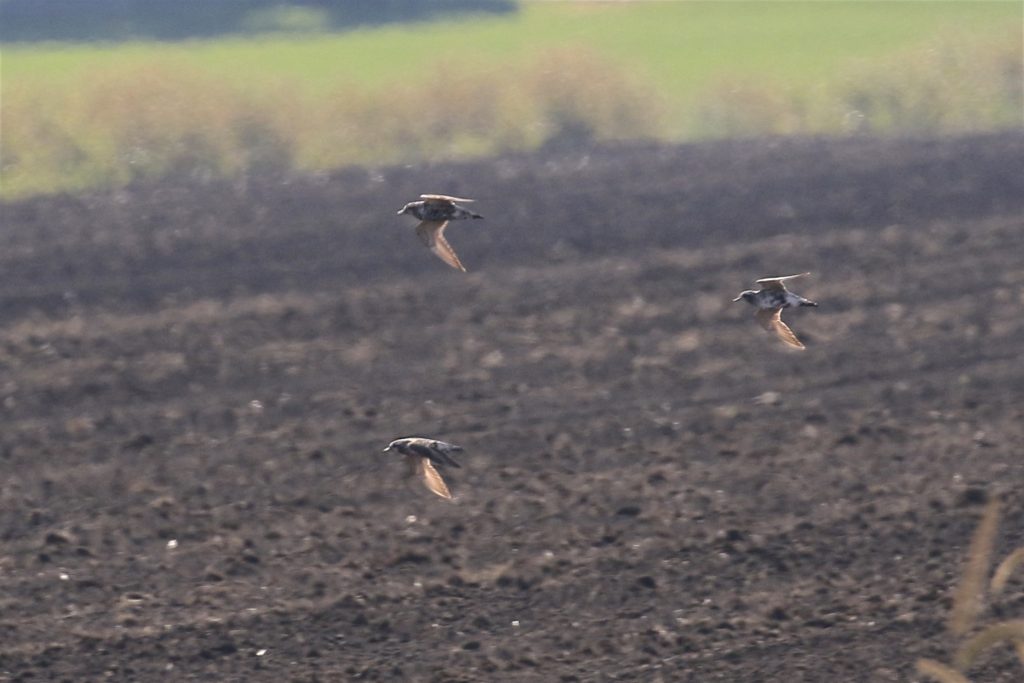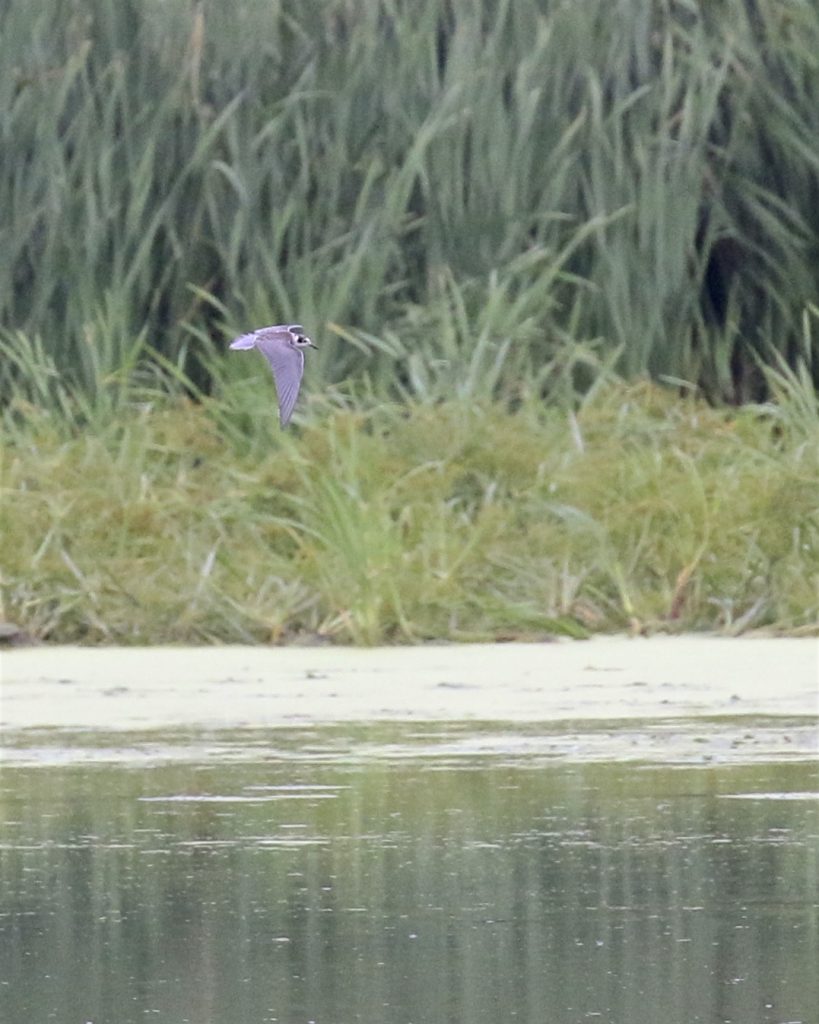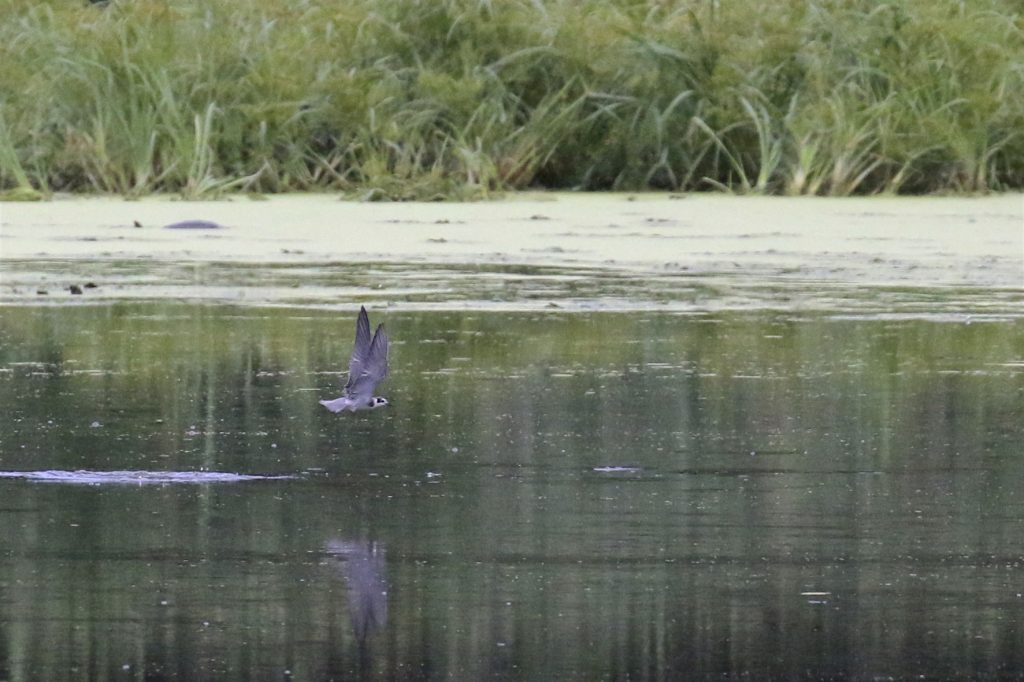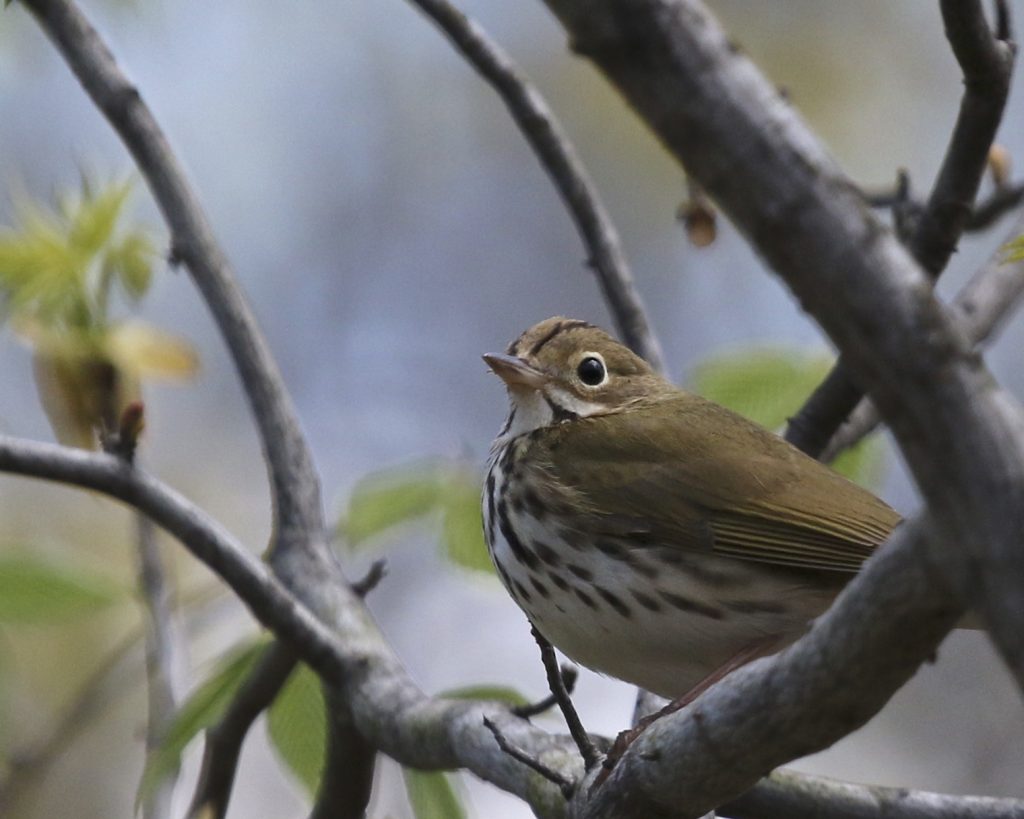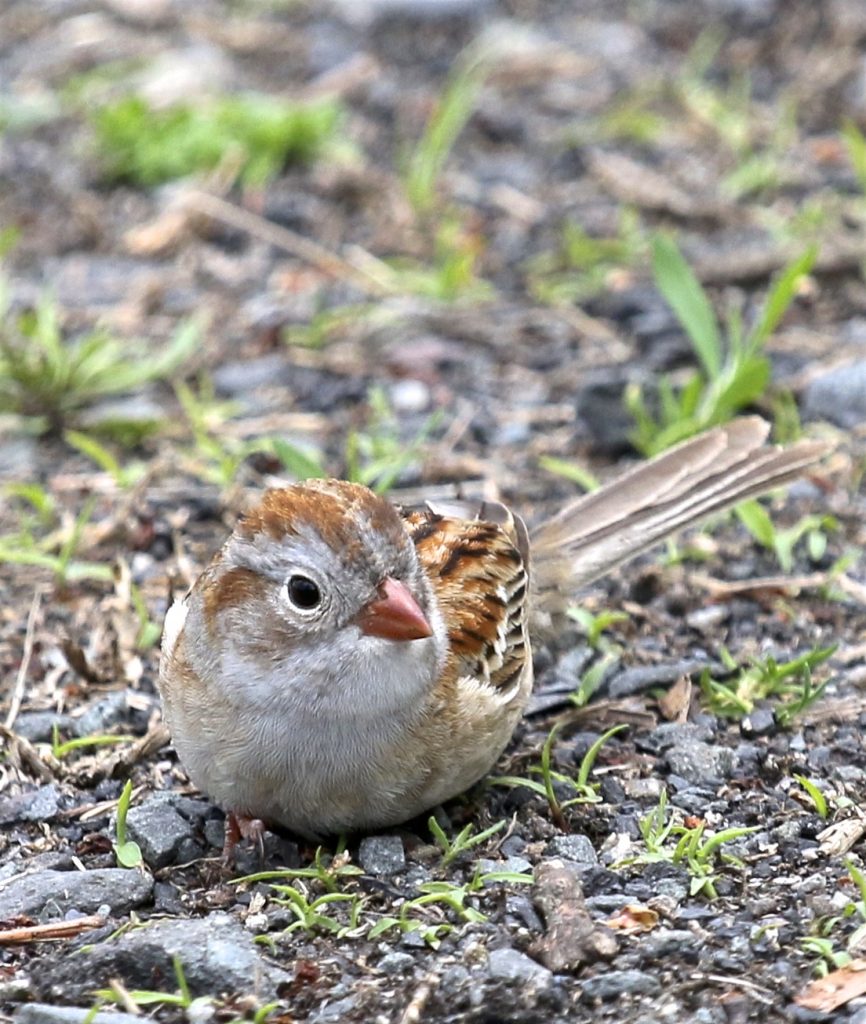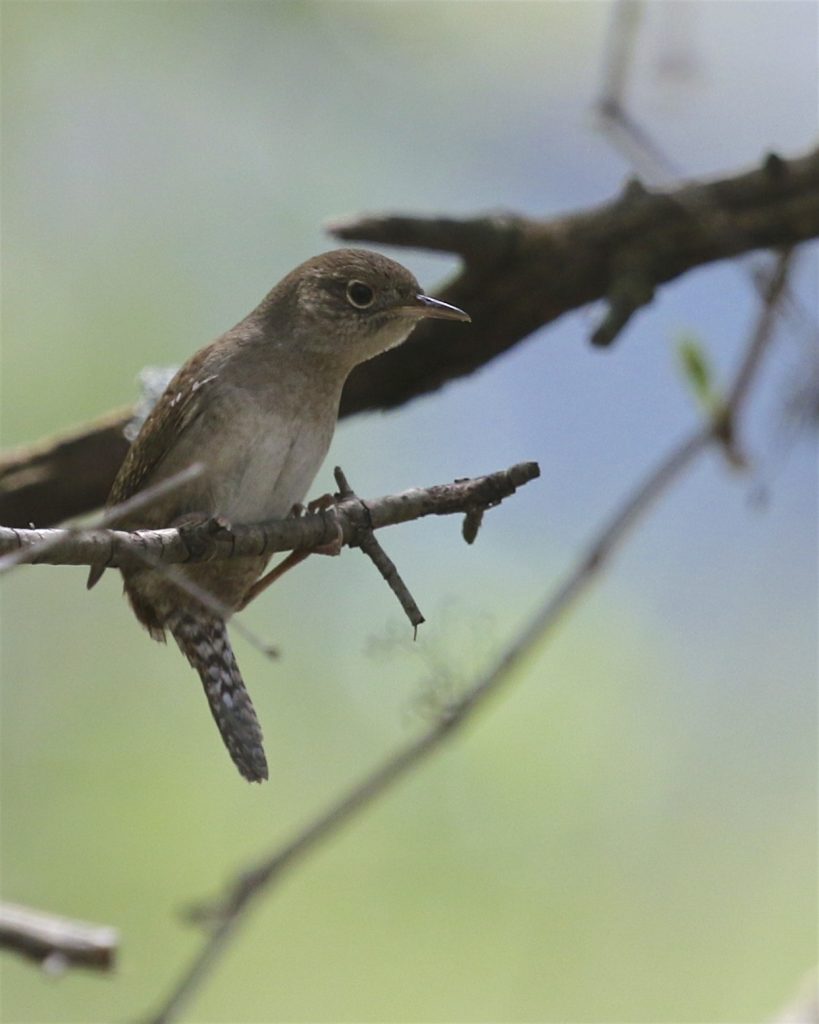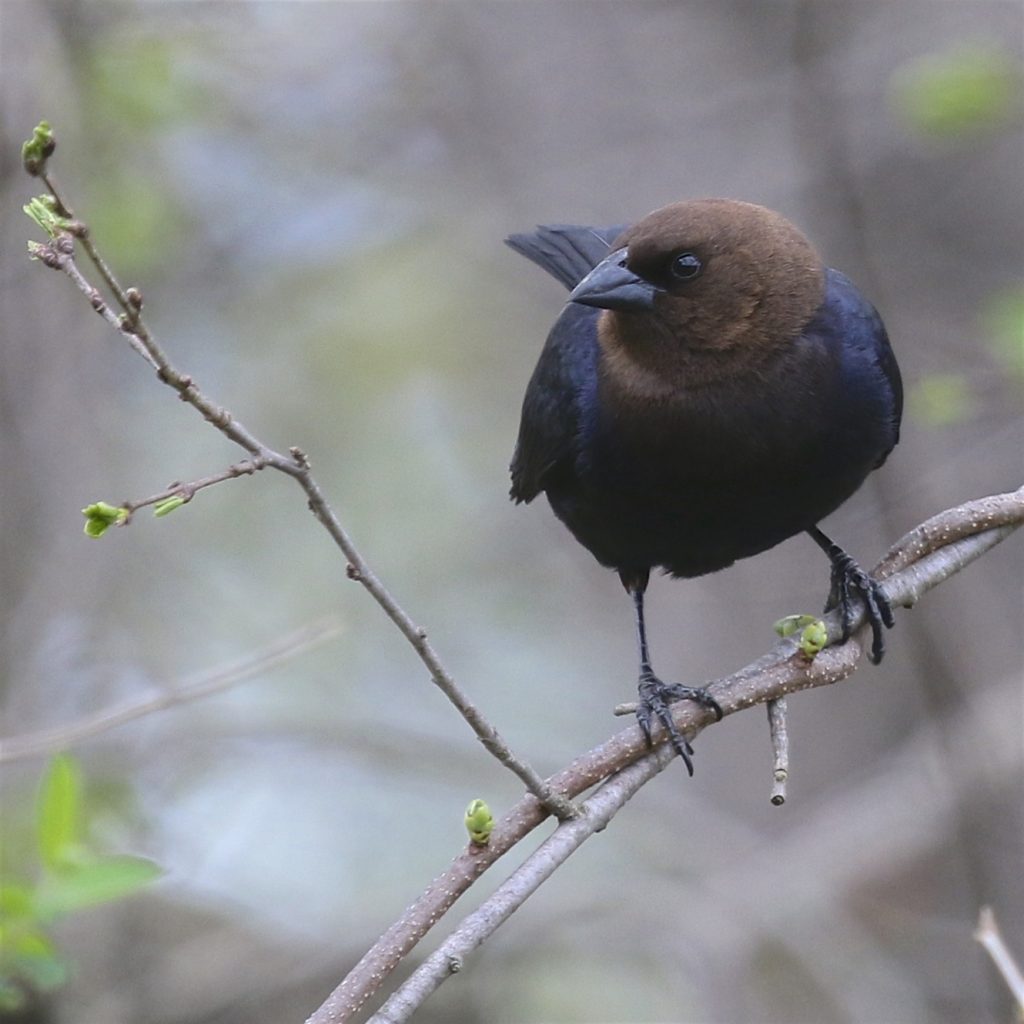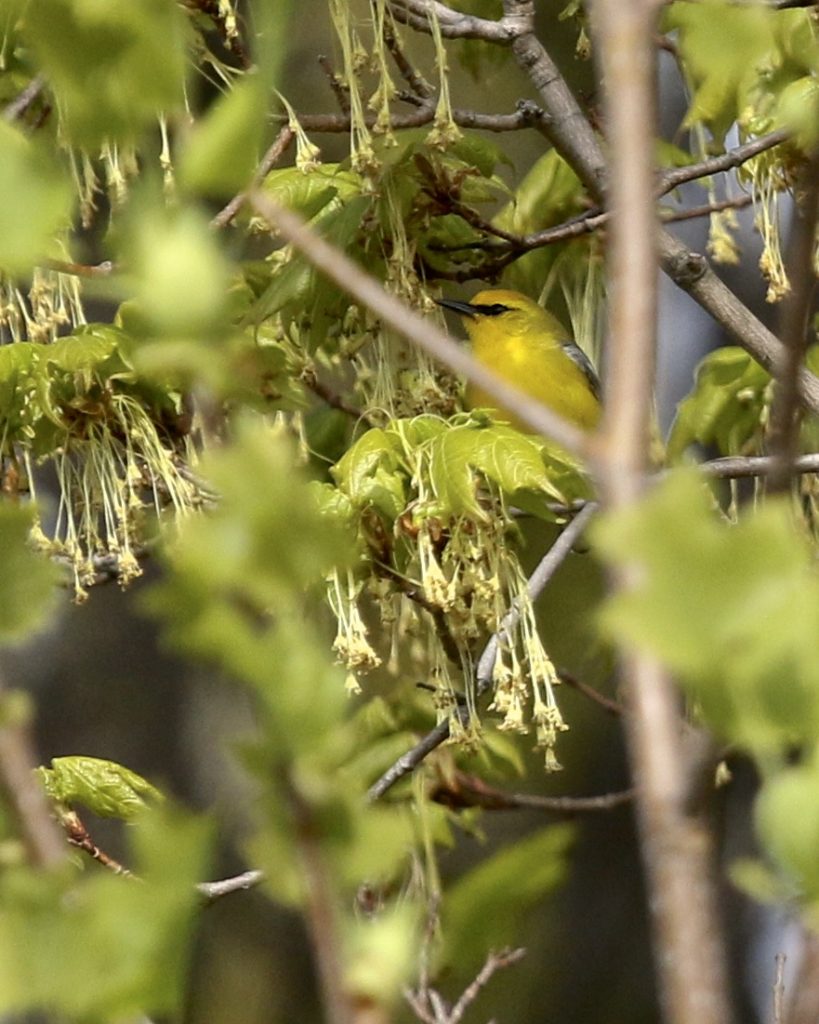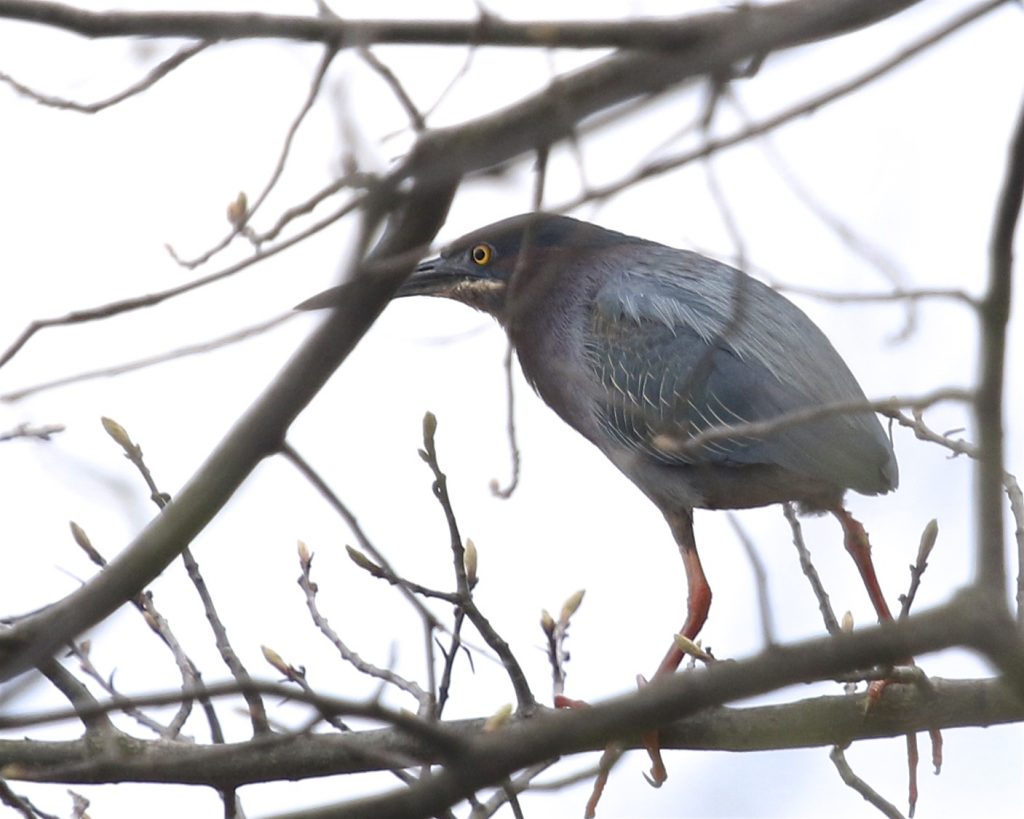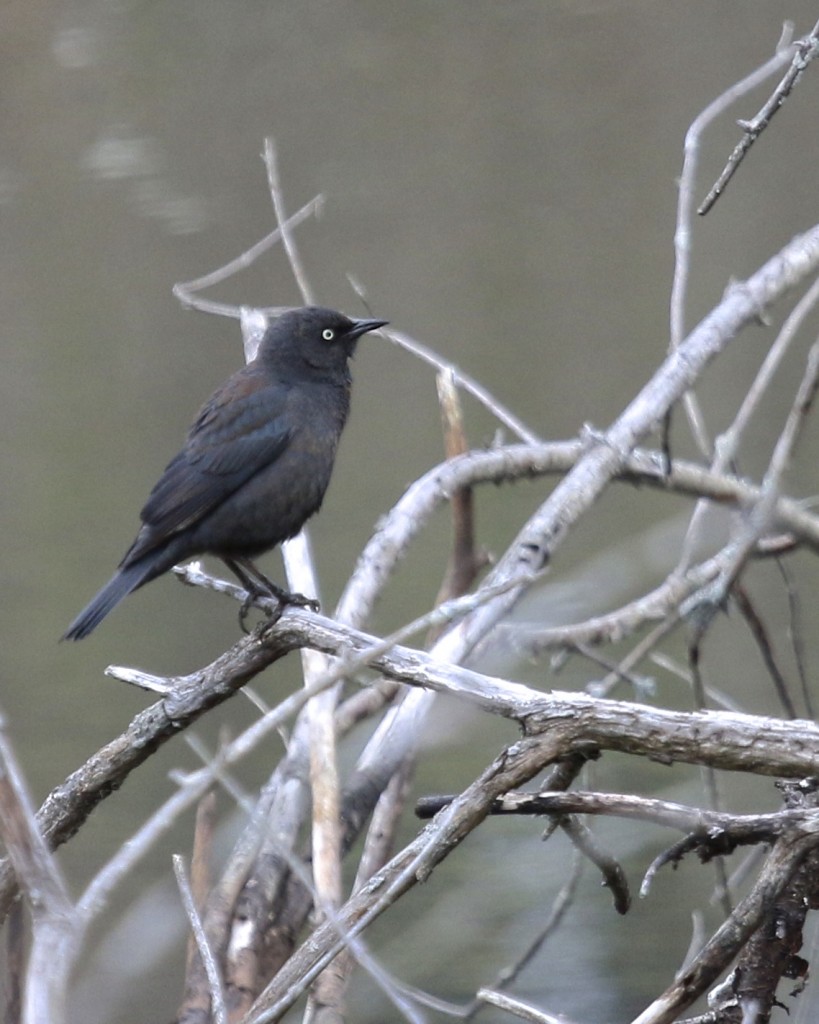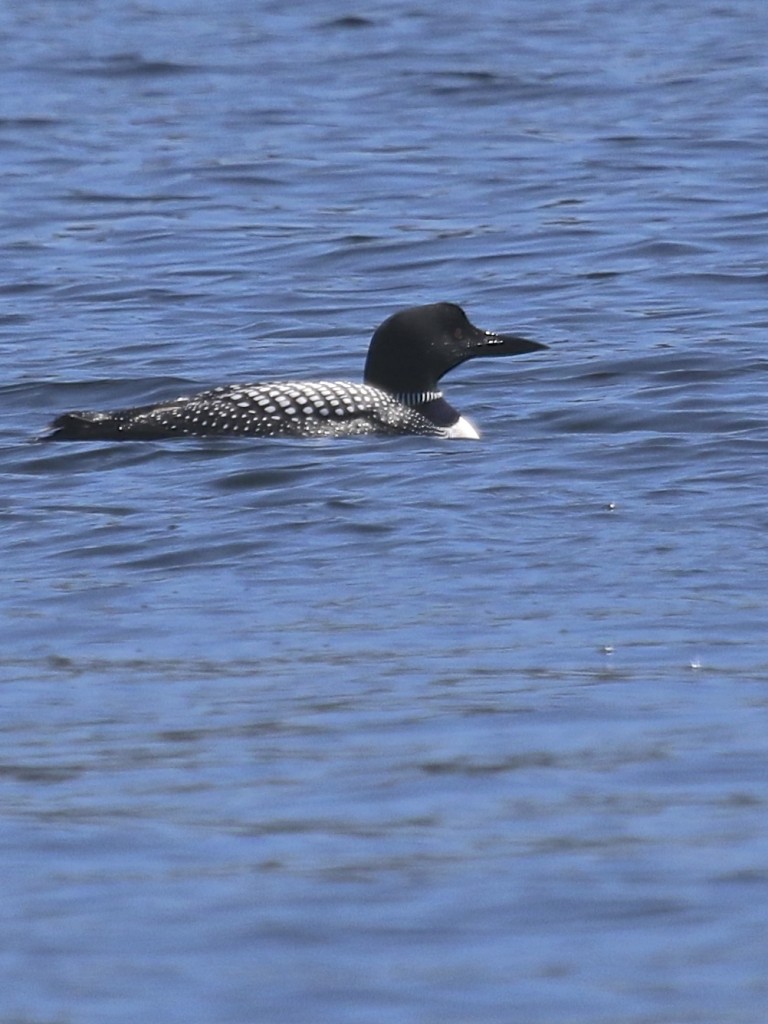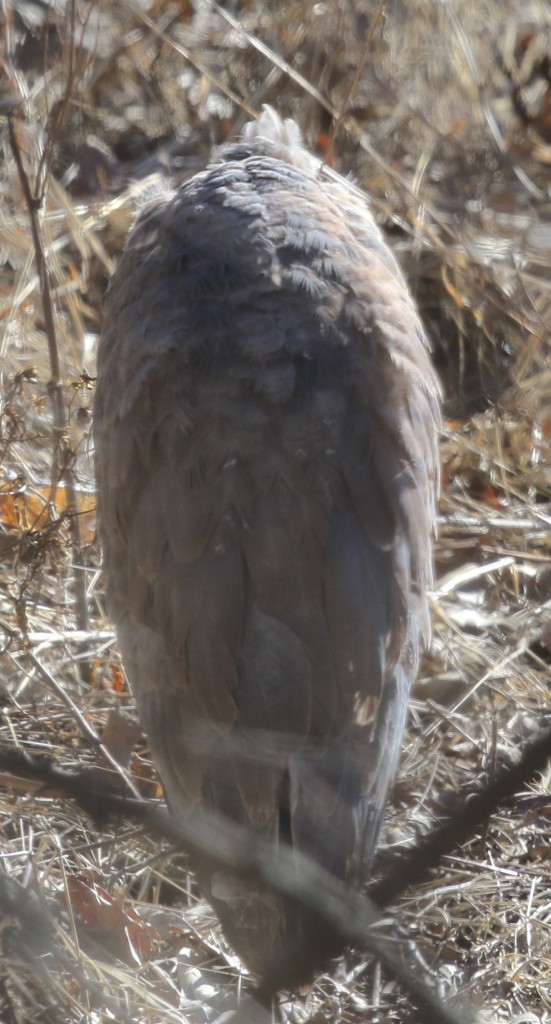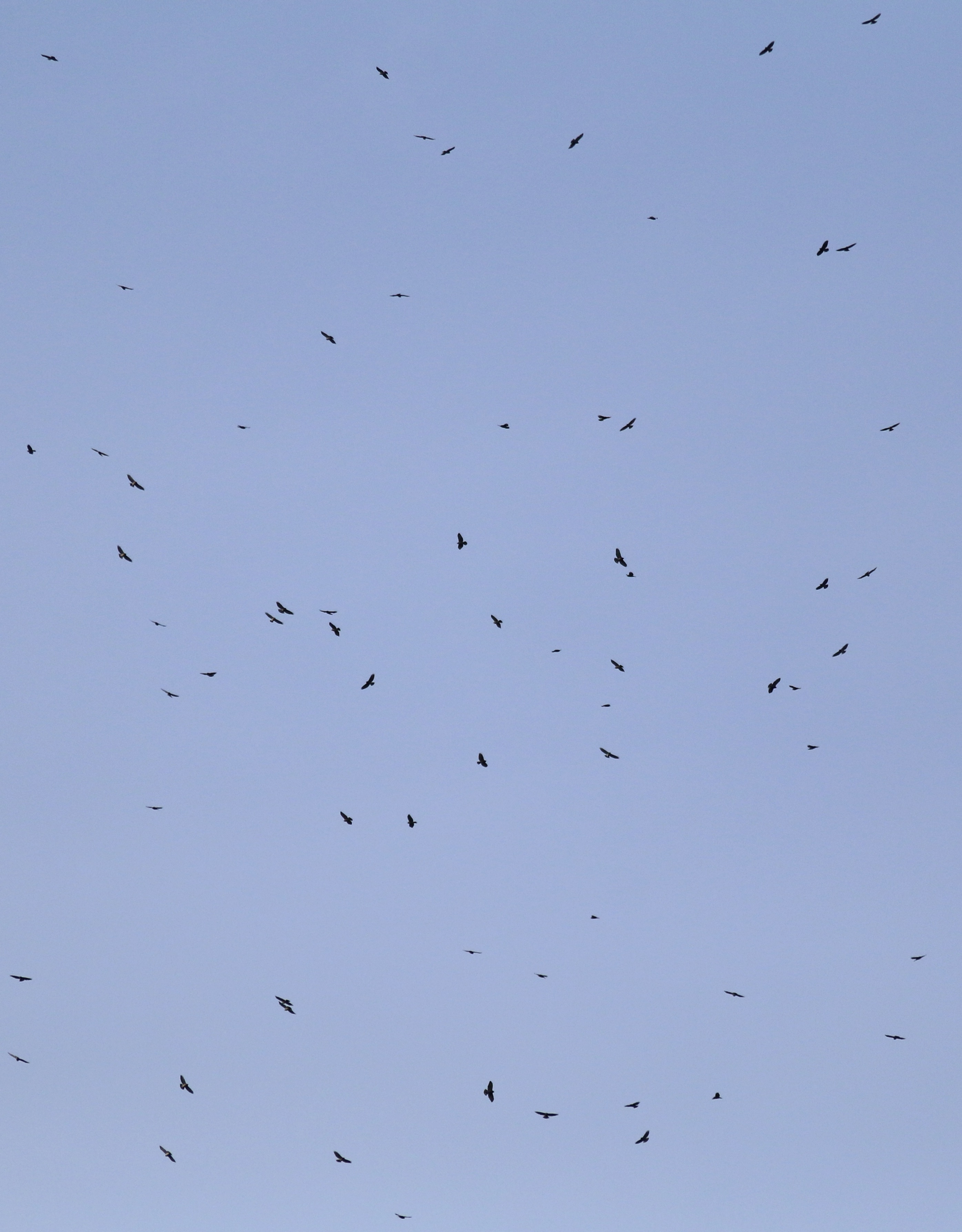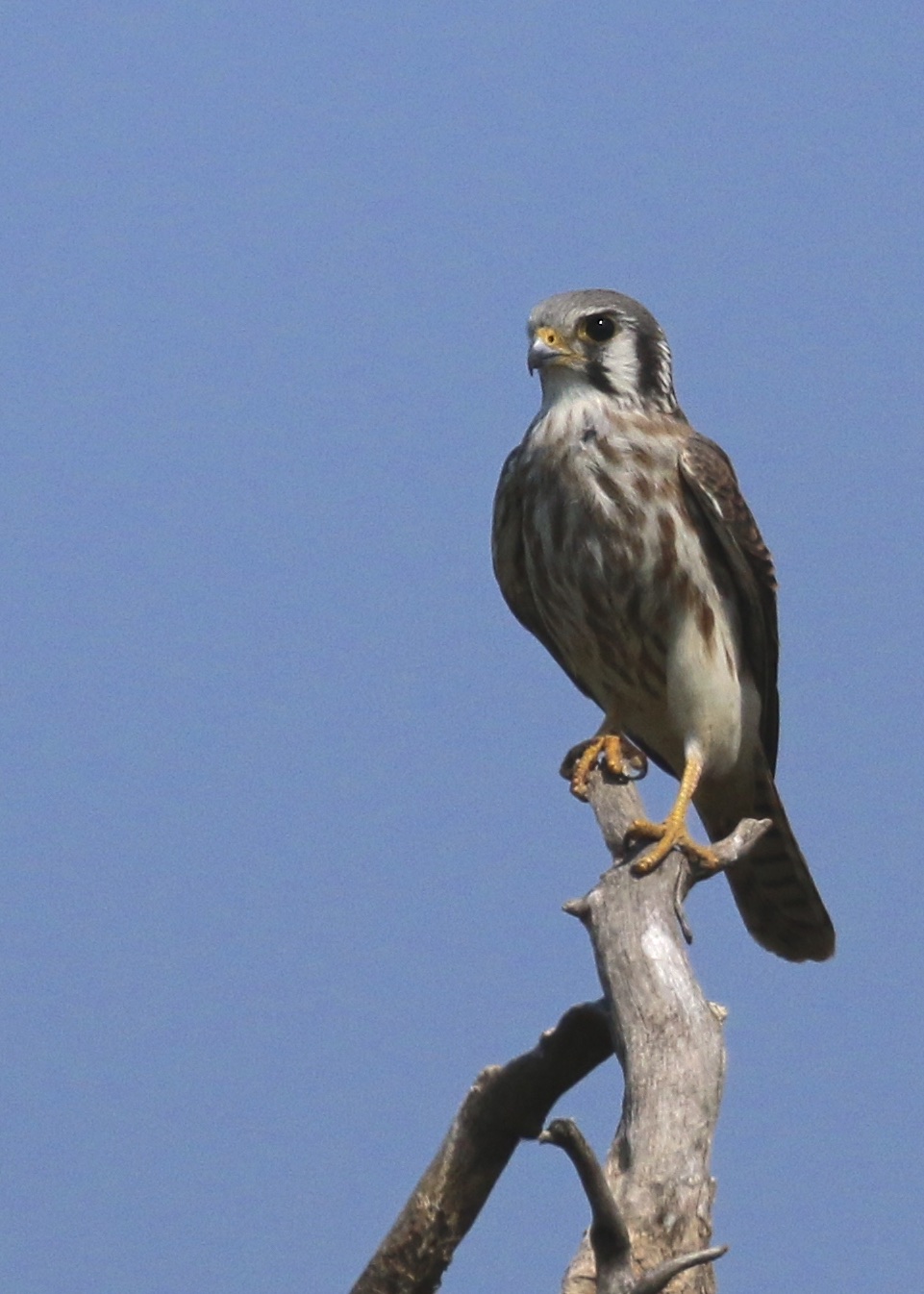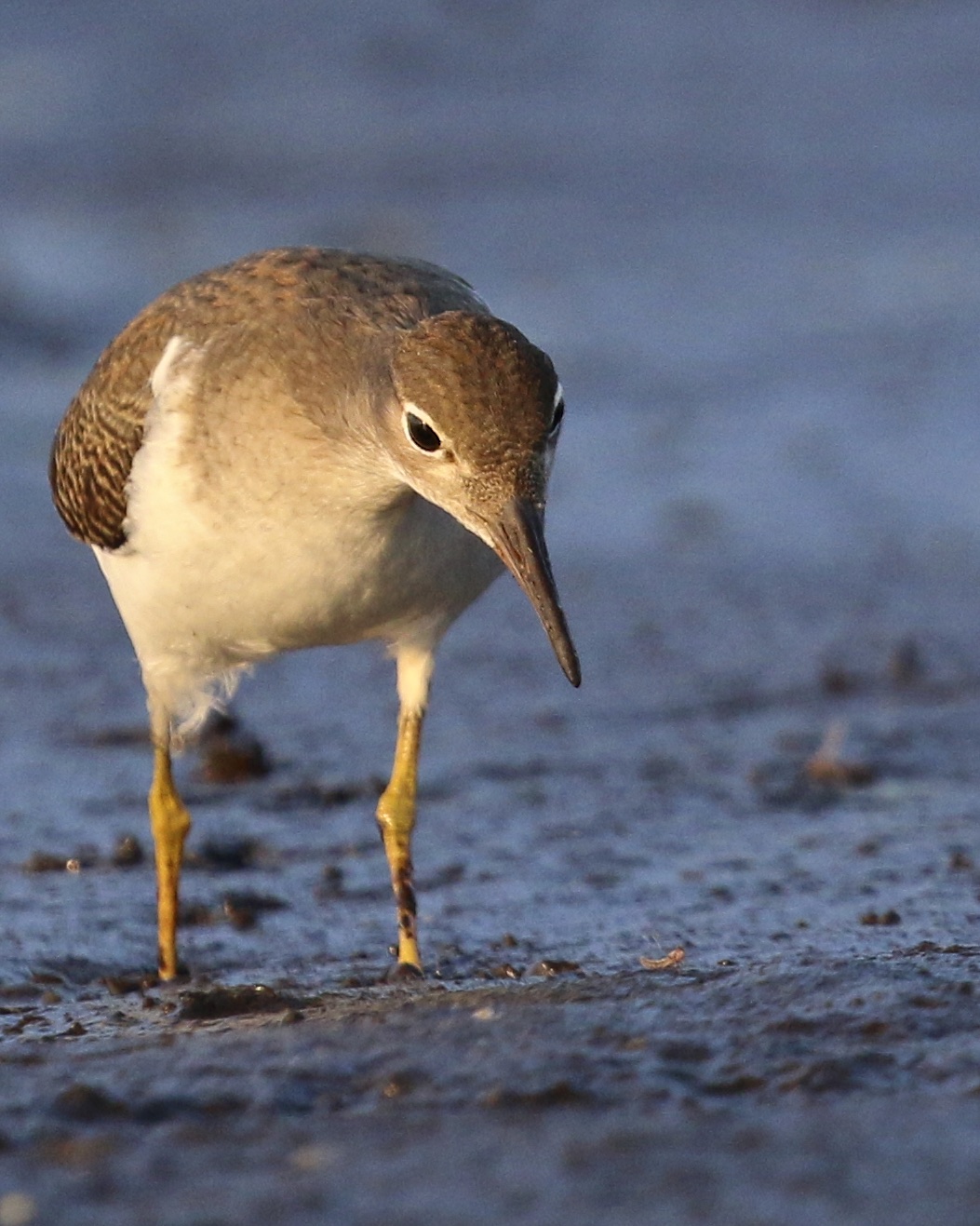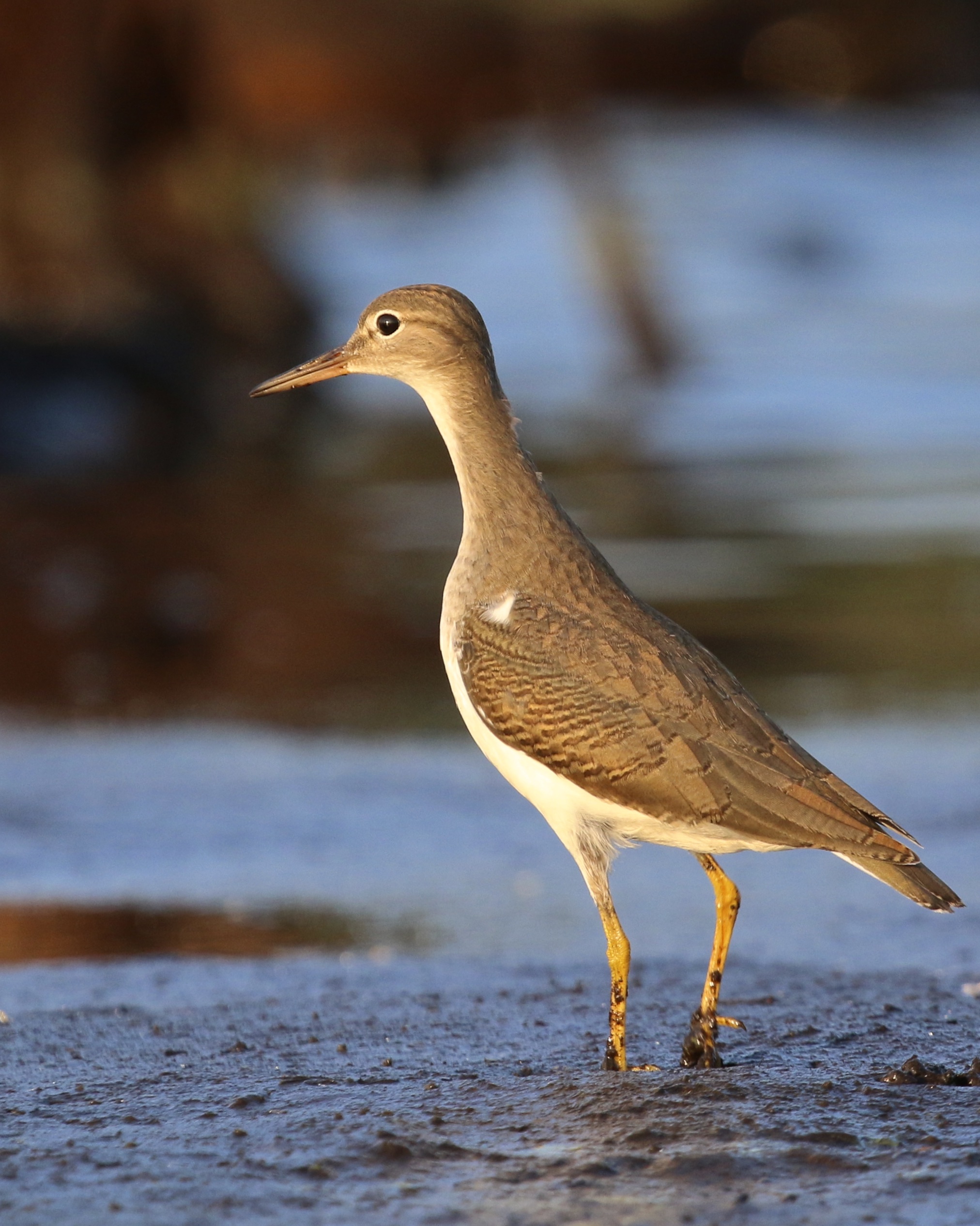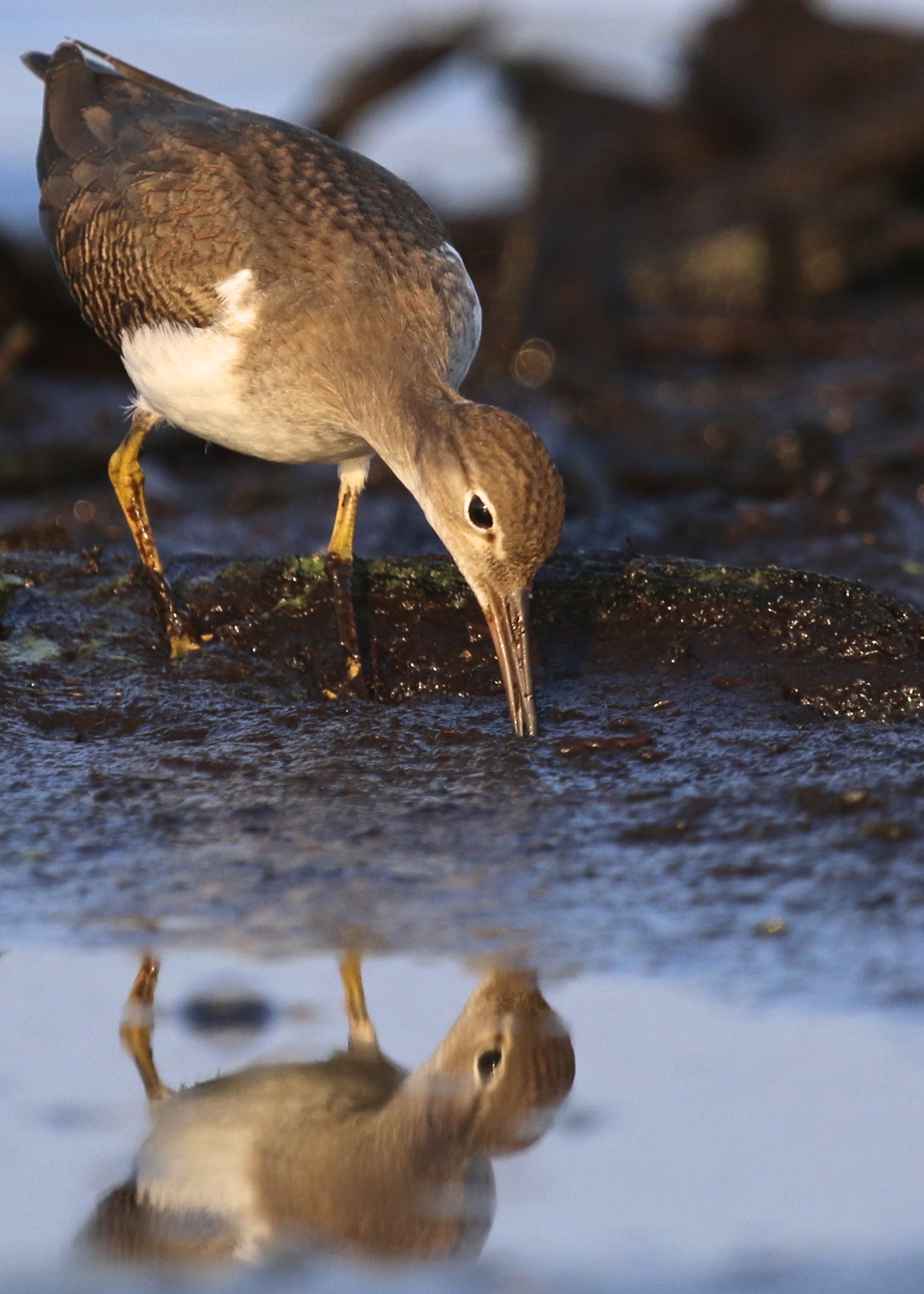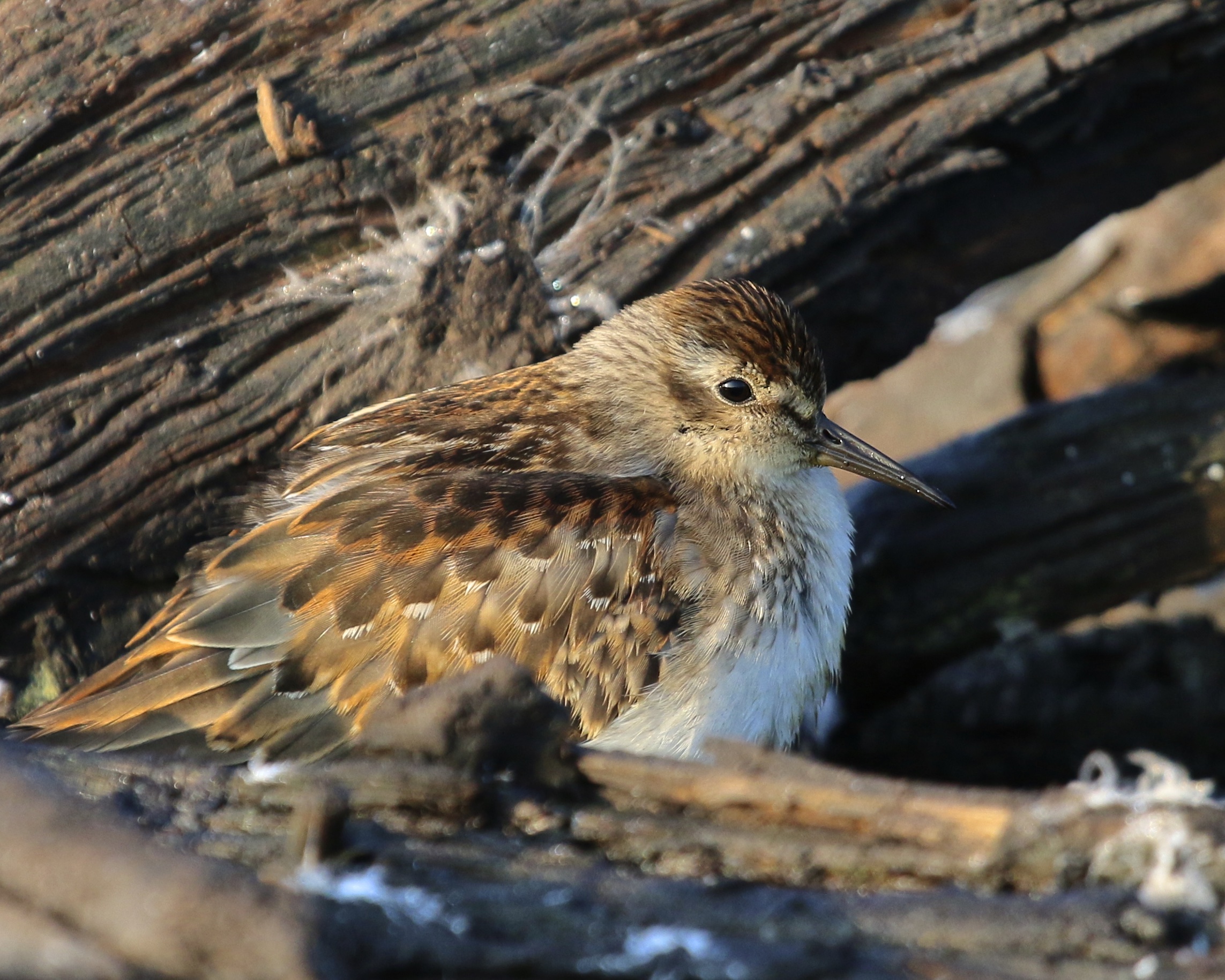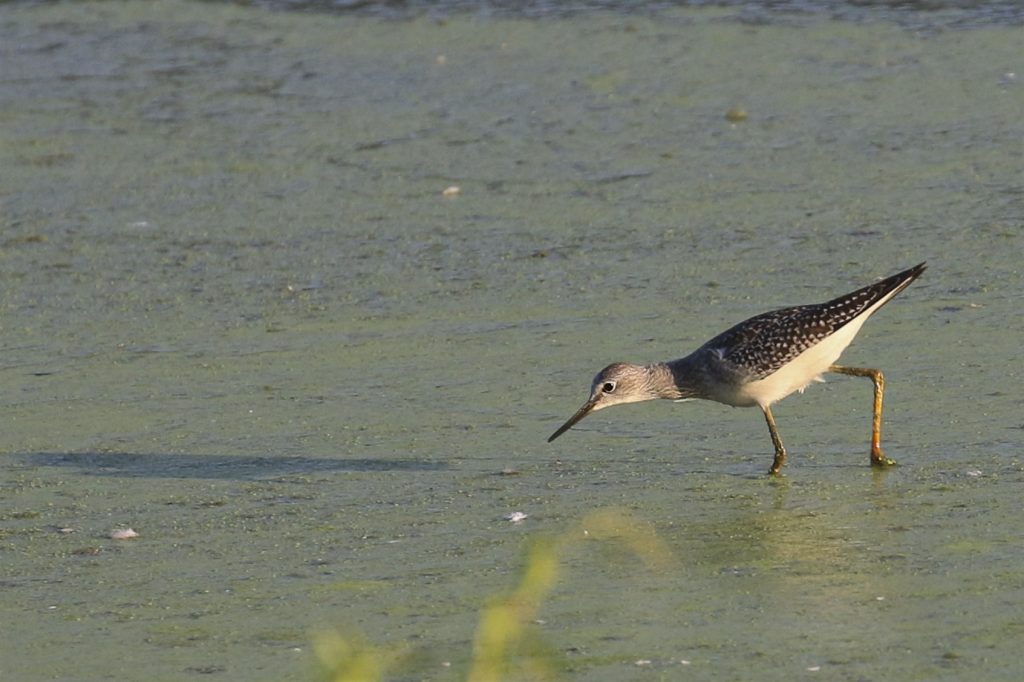
I spent nearly all my birding time this weekend looking for shorebirds in Orange County. Saturday was a bit of a bust, in spite of favorable overnight winds. Today was another story. I got out to the black dirt early while it was still on the cool side. At my first stop I had a small shorebird flyover with a small flock of Killdeer. I watched the bird in my binoculars until it was out of sight, never to be identified. At my second stop, I had a similar experience, but this time the bird put down about three fields over. I got on it with my scope and it looked like a BUFF-BREASTED SANDPIPER! I followed the bird, walking on the road as the bird worked the field. I would stop every so often when the bird would come to an area unobstructed by grasses and put down my scope for a look or to take some photos, becoming more and more convinced that it was a BBSA. I eventually lost the bird, so I walked the road to the other side of the field to try and relocate it. At first I could not find it, but I did see in the middle of the field, a single AMERICAN GOLDEN-PLOVER! Very exciting! Of course, at the time I wasn’t sure exactly which plover it was (American Golden or Black-bellied), I figured that out later. I eventually relocated the Buff-breasted Sandpiper and it was with a second Buffie. Then I heard a call I was unfamiliar with – I looked away from the scope to see 3 more American Golden-Plovers coming in! I took photos as the birds came in to land on the field – showing clear wing pits (not black as would be seen in Black-bellied). I had put the word out earlier, but unfortunately, before anyone arrived to see the birds, a low flying plane flushed first the plovers, followed shortly afterwards by the Buffies. Kathy, Scotty, Bruce, and I combed the area but came up empty. Sorry for the poor photos of these birds, but they were extremely distant and the heat shimmer was terrible.
I did check 6 1/2 Station Road’s Citgo Pond in the early afternoon, but I did not locate any new birds – I found basically the same birds as were present on Thursday, minus the Baird’s Sandiper and the Greater Yellowlegs.
